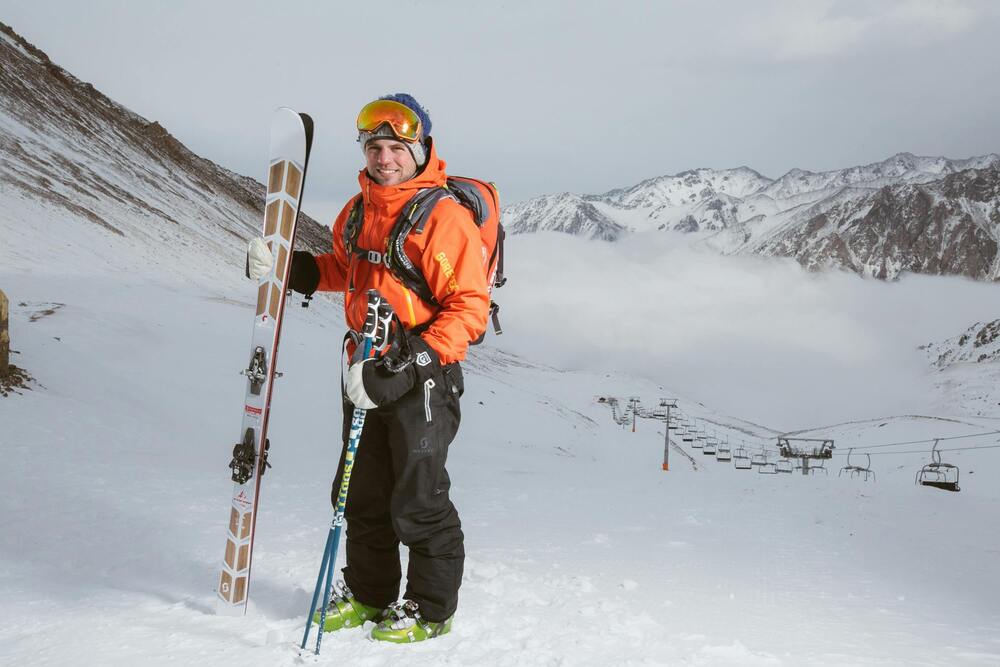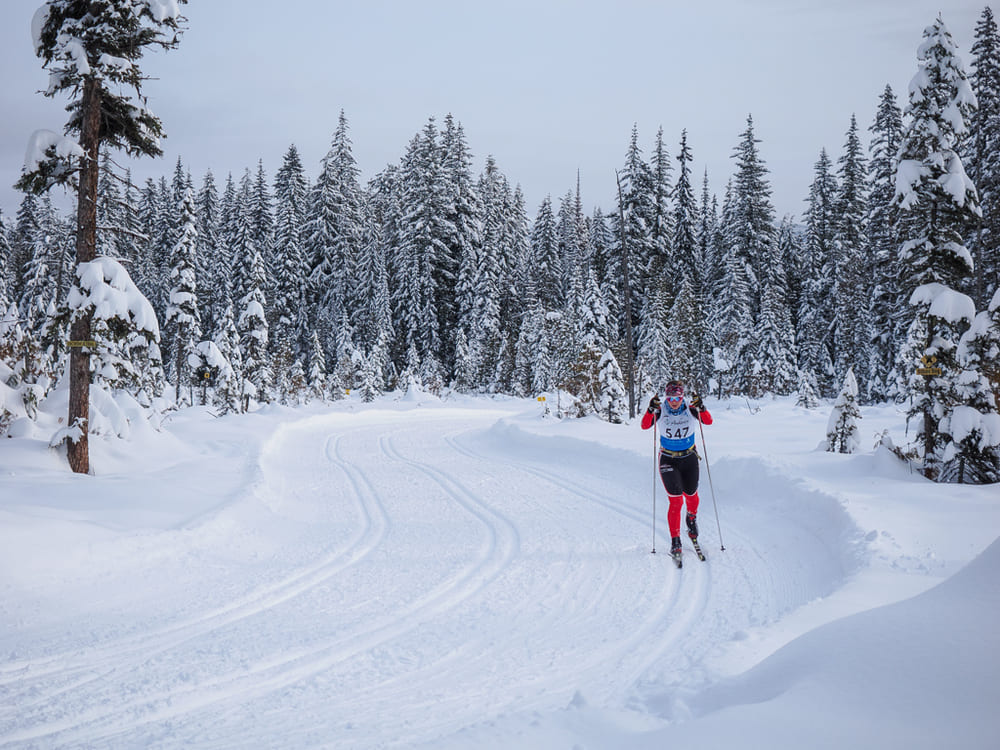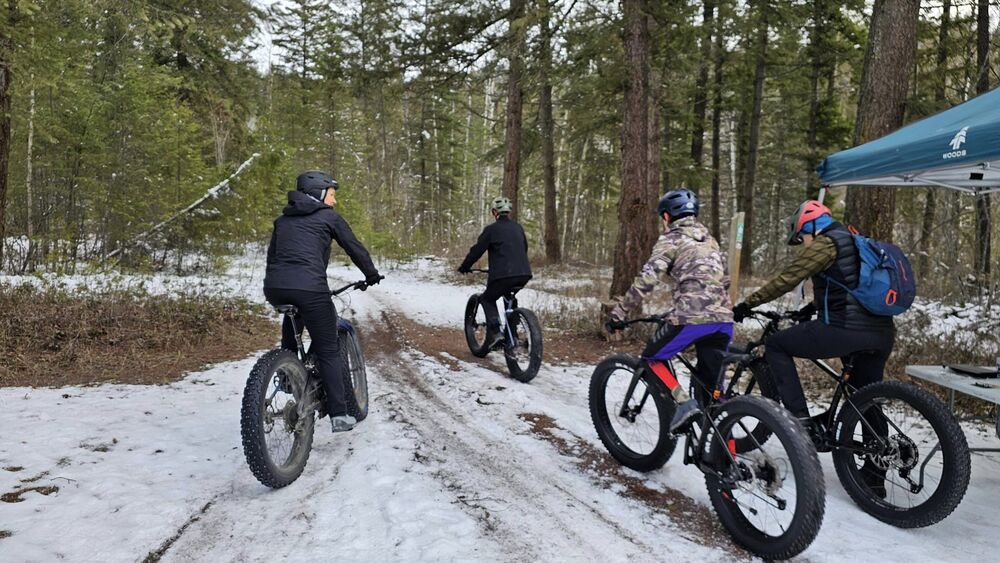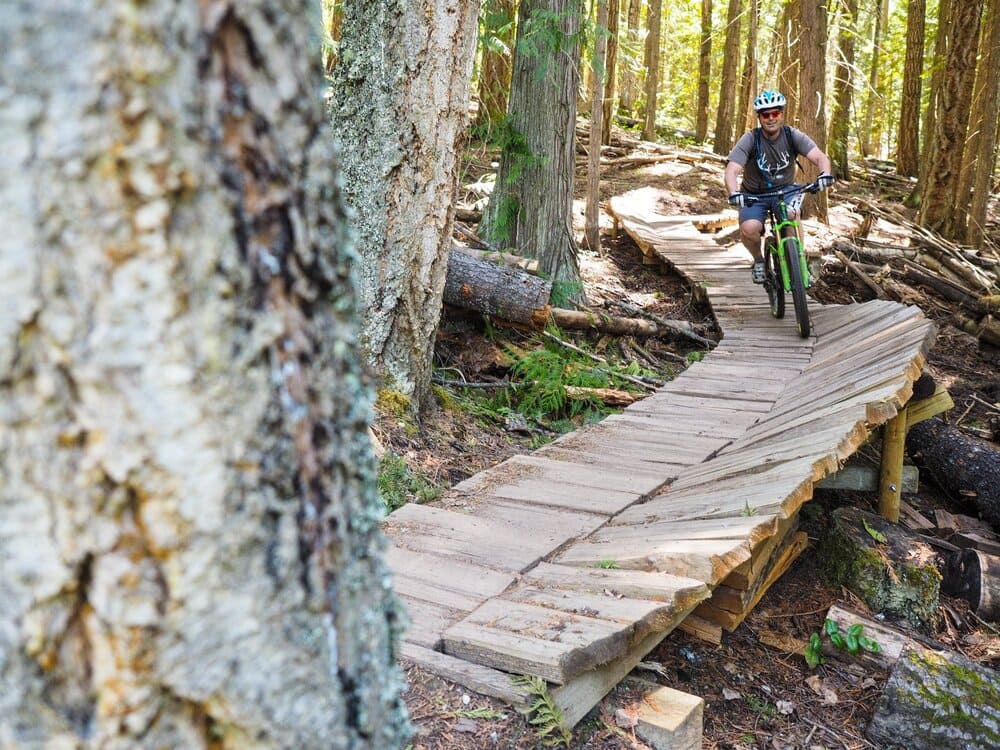Planning a ski trip is exciting, but ensuring you have all the necessary gear and clothing packed is critical for a smooth experience on the slopes. Missing out on key items can turn an enjoyable holiday into a logistical headache. Proper preparation means thinking about everything from outerwear to accessories, skiing equipment to casual wear for downtime. This guide will cover everything you need to pack for a successful and comfortable ski trip.
Choosing the Right Ski Clothing
Ski clothing is about more than looking good on the slopes; it’s about staying warm, dry, and comfortable. The mountain climate can be unpredictable, with varying temperatures, wind, and snow conditions. Layering is key, so let’s break down the essential pieces of clothing you’ll need to take with you.
Base Layers: The Foundation of Warmth
Your base layer is the first line of defense against the cold. These are worn directly against your skin and should be moisture-wicking to help regulate body temperature. Cotton is not advisable, as it retains moisture, which can leave you feeling cold and uncomfortable. Instead, opt for materials like merino wool or synthetic fabrics, which draw sweat away from the skin.
Pack two to three sets of thermal tops and bottoms, depending on the length of your trip. For longer trips, having extra base layers is crucial to avoid wearing damp or sweaty clothes the next day. Properly fitted base layers will trap heat efficiently, which is essential when temperatures drop.
Mid Layers: Insulation for Changing Conditions
Your mid-layer is what provides most of your warmth. A fleece jacket or down sweater works well in this role, as both provide excellent insulation while being lightweight. Depending on the forecast, you may want to pack a couple of different mid-layer options—one thicker and one thinner—so you can adjust for warmer or colder days. It’s also helpful to have a layer you can easily add or remove without too much hassle when the weather changes suddenly.
Outer Layers: Protection from the Elements
Your outer layers, including a ski jacket and ski pants, serve as your shield against wind, snow, and moisture. The jacket should be waterproof and windproof, but breathable enough to allow moisture from sweat to escape. Ski-specific jackets and pants come with features like snow skirts, reinforced seams, and waterproof zippers that make them more effective in extreme conditions. Make sure you pack items with good insulation, especially if you’re skiing in colder climates.
Look for ski pants that fit comfortably but allow you to move freely. Many ski pants are also adjustable at the waist and have built-in gaiters to keep snow out of your boots. Pack at least one pair, but if your budget allows, bringing a backup set is always a smart idea.
Essential Ski Gear to Bring
Skis, Boots, and Poles: The Core of Your Kit
If you own skis, boots, and poles, you’re likely familiar with the benefits of packing your own gear versus renting. Your own equipment is already adjusted to your body and skiing style, so you won’t need to spend time at the rental shop getting everything fitted. Make sure you also bring your bindings and ensure they are properly adjusted and maintained before heading out.
For beginners or those who prefer to travel light, renting at the ski resort can save you the hassle of transporting bulky items. However, if you’re bringing your own gear, pack it carefully to avoid damage during transit. Ski bags with extra padding are recommended, and don’t forget to label your equipment clearly to avoid mix-ups.
Helmets: Safety First
Wearing a helmet is non-negotiable. It’s one of the most important safety precautions you can take when skiing. While you can rent helmets at most ski resorts, it’s always better to have one that fits you perfectly and is in good condition. Helmets should be snug but comfortable, with the ability to accommodate a thin hat or balaclava underneath if needed. When packing, protect your helmet by placing it inside your bag or ski boot bag to avoid damage.
Ski Goggles: Visibility Matters
Visibility on the slopes is critical, especially in snowy or low-light conditions. Ski goggles protect your eyes from wind, snow, and the harmful UV rays reflected off the snow. When packing goggles, choose lenses suited for various light conditions. Some people prefer bringing two pairs—one with darker lenses for sunny days and one with lighter lenses for overcast or stormy weather.
Anti-fog goggles are highly recommended, and investing in a goggle case will protect them from scratches during travel.
Gloves or Mittens: Keep Your Hands Warm
Cold hands can ruin an otherwise perfect ski day. Insulated, waterproof gloves or mittens are a must, and you may want to bring a spare pair in case the first set gets wet. Gloves with long cuffs that extend over your jacket sleeve offer the best protection against snow. For extra warmth, consider wearing glove liners underneath.
Mittens generally offer more warmth than gloves, as they trap heat better by keeping fingers together. However, gloves give more dexterity, which can be useful when handling equipment. Make your decision based on personal preference and the expected temperatures.
Accessories for Comfort and Convenience
Neck Warmers or Balaclavas
Keeping your neck and face protected from the cold and wind is just as important as covering your head or hands. Neck warmers and balaclavas can make a world of difference on frigid days when the wind is strong. Balaclavas offer full head and neck coverage, while neck warmers can be easily adjusted or pulled over your face when needed.
Hats and Headbands
Off the slopes, you’ll want to keep warm while walking around the ski resort or during après-ski activities. A warm, comfortable hat or headband will do the trick. Make sure to pack one or two, as hats can easily get damp in snowy conditions.
Socks: High-Quality and Ski-Specific
Ski-specific socks are designed to provide both warmth and support during long days on the mountain. They are usually made from moisture-wicking materials like merino wool or synthetic blends. You should bring multiple pairs of ski socks—ideally one for each day of skiing. Avoid wearing regular cotton socks, as they absorb moisture and can lead to cold, uncomfortable feet. Some ski socks also have extra padding in key areas to prevent blisters and keep your feet comfortable.
Sunscreen and Lip Balm: Protection from the Sun
Even in cold weather, the sun’s rays can be surprisingly intense when reflected off the snow. Pack a high-SPF sunscreen and lip balm with UV protection to prevent sunburn and chapped lips. Apply both regularly throughout the day, especially if you’re skiing at high altitudes where the sun’s impact is even stronger.
Hydration Packs and Snacks
Staying hydrated on the slopes is crucial, and hydration packs or water bottles that are easy to carry in your backpack are convenient options. Skiing is a high-intensity activity, and dehydration can affect performance and energy levels. Carrying a hydration pack allows you to sip water without stopping. Pack high-energy snacks like protein bars or nuts to keep you going throughout the day.
What to Wear Après-Ski: Casual Comfort
Once your day on the slopes is over, you’ll want to change into something comfortable for relaxing or socializing. Après-ski wear can be cozy yet stylish. Think warm sweaters, comfortable jeans, and winter boots. After a day in ski boots, you’ll appreciate soft, cushioned footwear. Don’t forget a puffy jacket or parka for evenings outside, as temperatures can drop significantly after sunset.
Miscellaneous Items: The Often Forgotten
Ski passes and lift tickets are easy to forget in the excitement of packing gear and clothing. Make sure to bring all necessary documentation, including reservations for accommodations, rental equipment, and lift passes. Store them in a secure, easily accessible part of your bag or jacket pocket.
From phone chargers to portable batteries, having your electronics fully powered is always helpful. You might need your phone for navigation, keeping track of friends, or taking photos. A portable charger can be a lifesaver, especially if you’re out all day.
Accidents happen, and while ski patrol is usually quick to respond, it’s good to have a small first aid kit in your backpack. Basic supplies like band-aids, blister treatments, and pain relievers can make a big difference if you or someone in your group encounters a minor injury on the slopes.
Final Thoughts on Packing for a Ski Trip
Packing for a ski trip involves careful planning and a bit of foresight. From staying warm on the slopes to enjoying après-ski moments in comfort, having the right clothing and gear will help ensure a seamless and enjoyable vacation. Focus on high-quality items that offer both warmth and protection, and be sure to organize your packing so that nothing is forgotten. With the right preparation, your ski trip can be as relaxing and exciting as you’ve envisioned.




